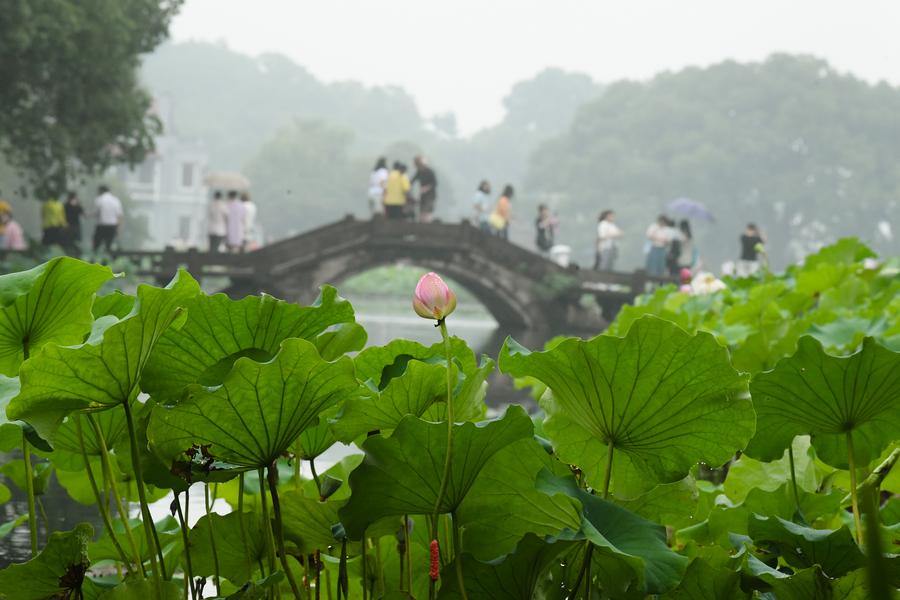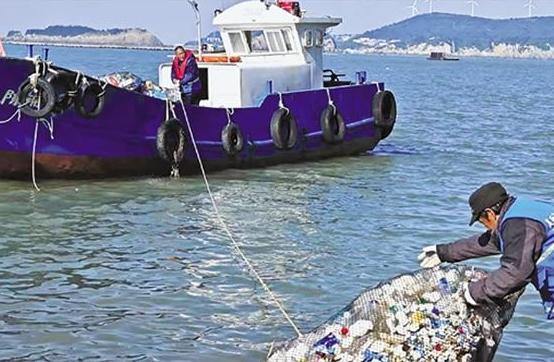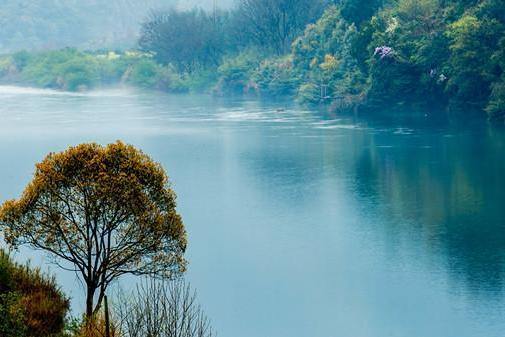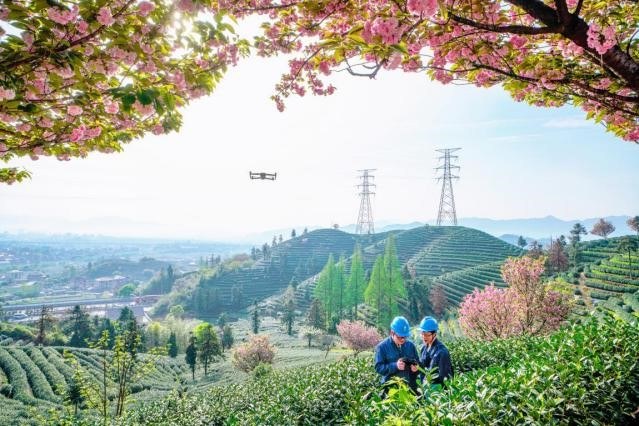
Locals catch fish in the rice fields in Qingtian county, Lishui, Zhejiang province. [Photo/Tide News]
In the picturesque landscape of Fangshan township in Qingtian county, Lishui, East China's Zhejiang province, a unique agricultural practice known as the rice-fish co-culture system has thrived for over 1,300 years.
This method, where carp swim freely among rice stalks, has become a symbol of ecological harmony and cultural heritage. As of 2024, the rice-fish co-culture system in Qingtian spanned 46.73 square kilometers and generated over 3 billion yuan ($417.77 million) in annual revenue.
This year marks the 20th anniversary of the Zhejiang Qingtian Rice-Fish Co-Culture System being recognized as a globally important agricultural heritage. This system exemplifies a sustainable farming model where fish control pests and fertilize the fields, while rice provides shade and protection for the fish.
This ancient practice has evolved into an ecological experiment and a testament to the ingenuity of Qingtian's ancestors.
The community's commitment to preserving this heritage is evident in initiatives like the establishment of a genetic resource bank for Qingtian carp, ensuring biodiversity and resilience. Additionally, the brands of "Qingtian paddy fish" and "Qingtian paddy rice and fish" have been trademarked as national geographical indications, highlighting its cultural and economic significance.
Celebrations like the Fangshan Plowing Festival and innovations such as the "rice coffee" blend traditional wisdom with modern trend, breathing new life into this age-old practice. The rice-fish co-culture system continues to inspire, offering a greener legacy.




